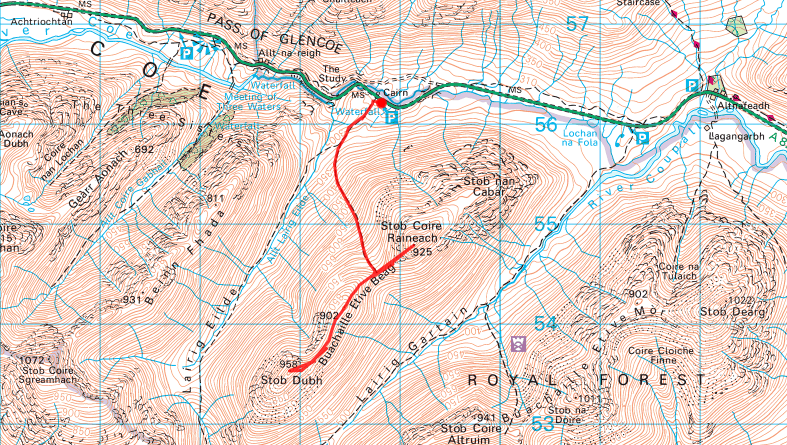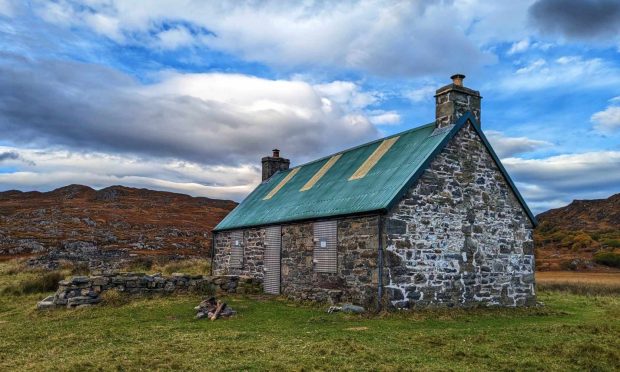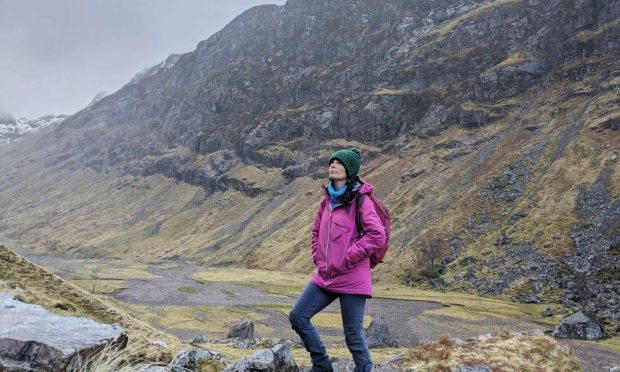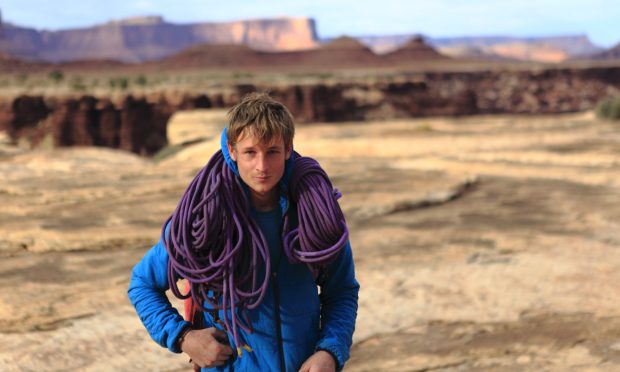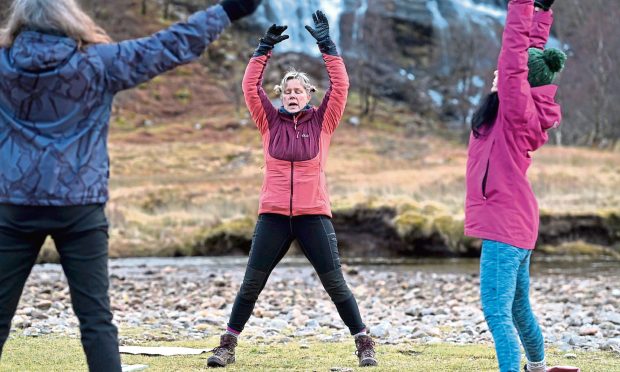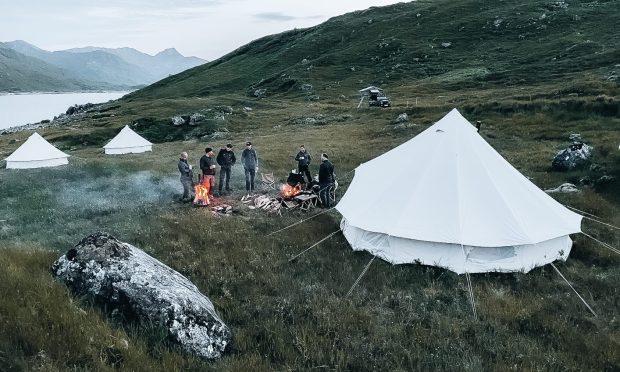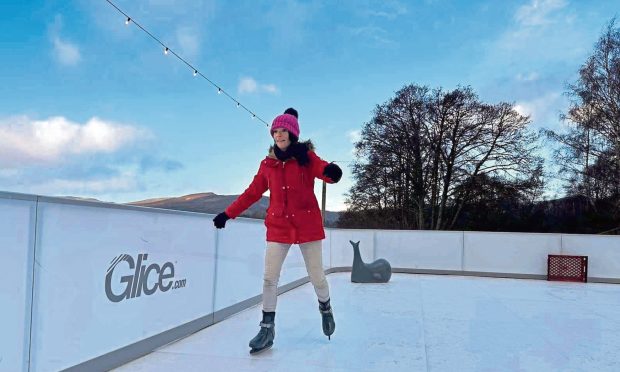Last month we looked at Freezing Cold Weather Injuries and how to treat them, both on and off the hill.
This month the theme continues with injury and injury prevention. We move on to cold weather non-freezing injuries.
In Afghanistan just after 9/11, I operated high in the Hindu Kush at altitudes of 11,000 feet with 45 Commando Royal Marines carrying crushing weights and facing not only the enemy but extremes of weather with limited equipment, rations and water.
This operation had been well prepared for, having previously trained year after year in the testing terrain of Scotland’s mountains as the United Kingdom’s Mountain and Arctic Specialists.
Being effective requires self-discipline. Self-discipline is doing the right thing all the time, even when no one is watching!
No one I deployed within the entire Task Force was made combat ineffective by the harshness of the terrain, or the weather, or the physical demands placed on them by the terrain. A testament to the high level of training all Commandos receive but also the harshness of Scotland’s Terrain in the winter.
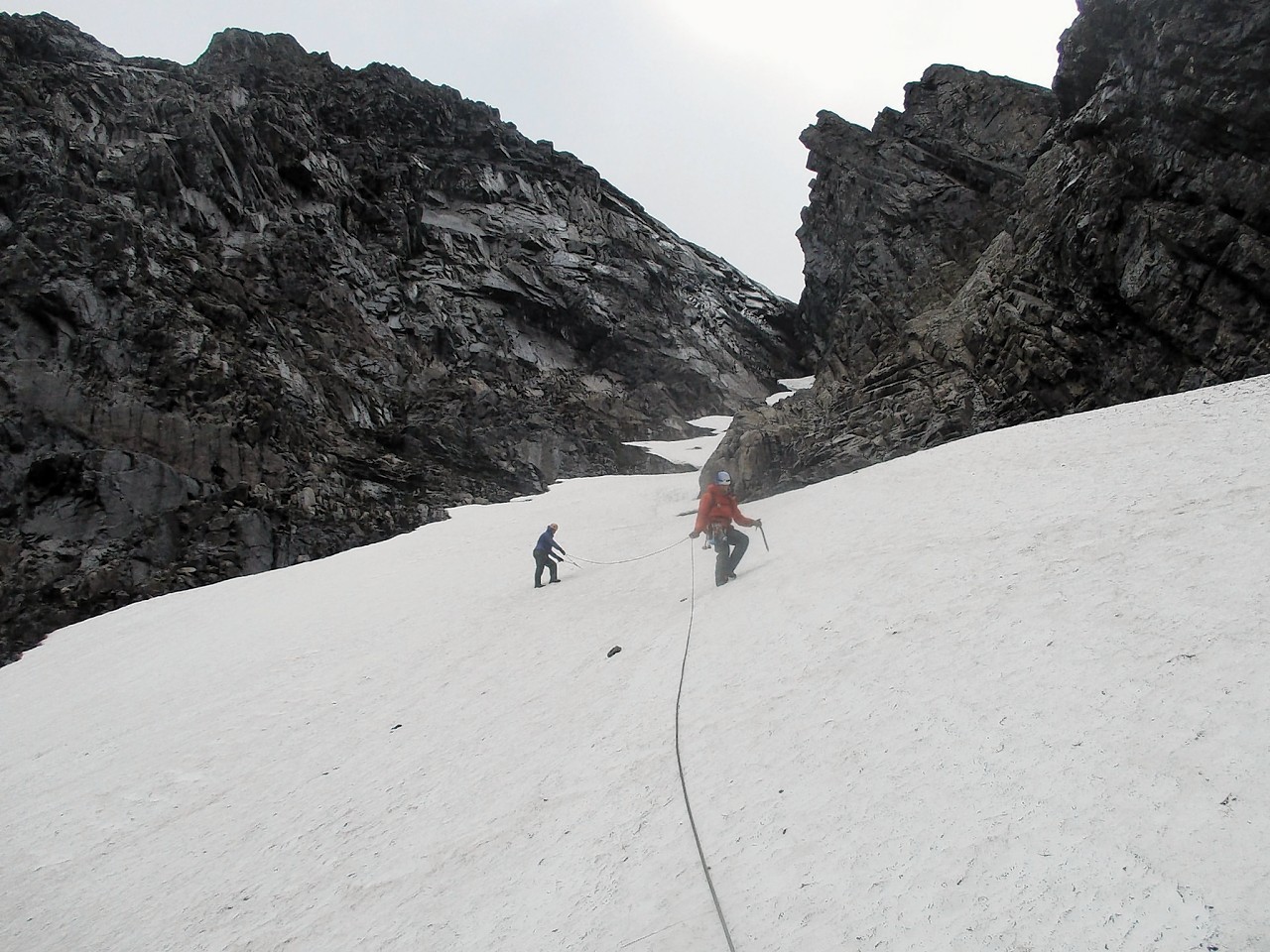
Non Freezing Cold Injury
Immersion Foot is sometimes known as “trench foot” and this is an accurate description of how it occurs. It arises with prolonged exposure to cold, damp conditions generally between (0°+10°) The temperature can be slightly higher or lower but when the skin temp is 8°C and damp over an extended period of time, 12 hours or longer.
Prolonged exposure as described means the veins in the affected body part contract and suffer heat loss. This reduces blood flow and nutrients and as such the extremities start to look like they do when you have been in the bath for too long. However, this is accompanied with varying degrees of pain, discomfort and forced immobility.
Signs and Symptoms
Numbness and prickling sensation on the skin
Loss of sensation
Pallid skin complexion
Weak pulse in extremities
Unsteady walking on their feet
Swelling and great pain when drying and rewarming the affected body part
Treatment
Remove affected individual from the environment
Carefully rewarm the patient – remember they will have a loss of sensation and as such may not feel extremes of heat whilst initially re warming
Once rewarmed keep patient rewarmed, take care to avoid rewarm-thaw cycle
Do not rub feet or massage as this may damage nerve endings
Elevate the feet
Prevention
You must guard against this and look after your feet by:
Checking feet regularly and be aware of ideal conditions for immersion foot.
Keeping boots dry if possible and at the very least changing into dry spare socks at every opportunity.
When resting or sleeping change into clean dry socks. When moving change back into wet/damp socks when out in the wild for protracted time spans.
Try and towel dry your feet once a day.
Once your feet become wet, and they surely will at some point, ensure you wiggle your toes and exercise them when wearing damp or wet socks. This is hard to do for long periods of time and needs discipline and concentration.
Dehydration
This will have a debilitating effect on performance. The degree on incapacity relies on the individual to recognise the effects of the symptoms at an early stage. Dehydration not only impairs performance it makes all injuries, however minor, worse.
It is easy to forget fluid levels in cold weather and as a result suffer.
Signs and Symptoms
A general feeling of tiredness or weakness
The tongue, mouth and throat become very dry and swallowing is uncomfortable
General nausea accompanied by dizziness and vomiting
Muscular cramps especially in the legs
The urine takes on a dark yellow colour and may smell strongly of ammonia
Treatment
Dehydration is best dealt with by prevention.
This takes the form of adequate intake of fluids and salt. Plenty of fluid both before, during and after hard physical activity will keep you functioning at your optimum peak.
Generally, there is no need to use salt tablets as there is enough salt in your food. This is only necessary at the top end of physical endurance events and is generally not needed.
On fluid intake, do not take too much too soon as this can dilute your bodies fluid/mineral make up.
Treatment
Liquids should be given gradually – be aware of too much fluid flushing out body’s natural salts.
Do not smoke.
If their condition deteriorates medical help will be require to administer Intravenous Fluids.
Remove to hospital to check patient for any complications.
Mark Spence is a former Royal Marine Commando with more than 25 years’ experience mastering some of Scotland’s toughest terrains. Through his own venture MunroDrone, Mark aims to introduce adventurers to some of Scotland’s most stunning scenery and the world of the Munros.
